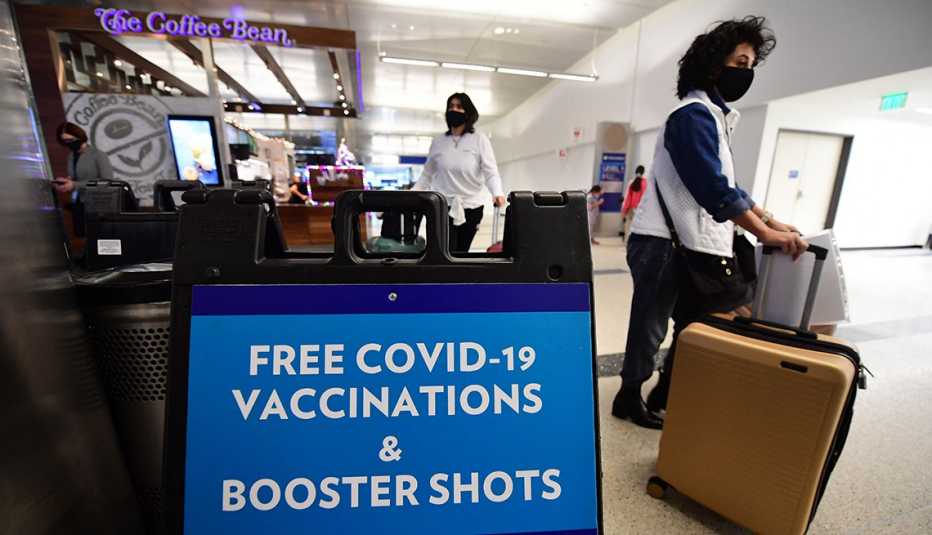Staying Fit


Nearly two years after their debut, the COVID-19 vaccines have received an update.
The retooled shots from Moderna and Pfizer-BioNTech, which are formulated to better target a few of the latest omicron subvariants, got the all clear from health officials in early September and are now available throughout the U.S.


AARP Membership— $12 for your first year when you sign up for Automatic Renewal
Get instant access to members-only products and hundreds of discounts, a free second membership, and a subscription to AARP the Magazine.
Here’s what you need to know about the latest boosters, including when you can receive one.
1. Why do we need new boosters?
The COVID-19 vaccines first developed in 2020 have saved millions of lives worldwide — upwards of 20 million, some estimates show — and have helped keep countless individuals out of the hospital. But the virus that the original vaccines and boosters were designed to fight has changed in the last two and a half years, and the latest versions are better at evading the vaccines’ defenses.
The goal of the updated boosters is to “help restore protection that has waned since previous vaccination” and “to provide broader protection against newer variants,” Centers for Disease Control and Prevention (CDC) Director Rochelle Walensky, M.D., explained.
Infection and transmission rates could go down with the introduction of the revised boosters, experts predict. So could hospitalization rates, which the CDC says have increased among older adults since April 2022. Modeling data shows that broad uptake of the new booster shots could prevent more than 100,000 hospitalizations this winter. Some projections say that number could be even higher — upwards of 745,000 hospitalizations averted.
“The major goal continues to be prevention of hospitalization and prevention of serious disease,” says William Schaffner, M.D., a vaccine expert and professor of medicine at Vanderbilt University Medical Center.
And these updated boosters are key to that, adds Namandjé N. Bumpus, chief scientist at the U.S. Food and Drug Administration (FDA). They are “a really important tool to ensuring that we continue this trajectory toward a life that resembles normal,” Bumpus told AARP.
2. How are the new boosters different?
The updated boosters are called bivalent vaccines, meaning they contain not one but two sets of instructions (mRNA) that teach the body to produce antibodies to fight off a coronavirus infection.
One mRNA component is from the original strain of the coronavirus. This is “to provide an immune response that is broadly protective against COVID-19,” the FDA says. The other is from omicron’s BA.4 and BA.5 variants, which were widely circulating during the summer and early fall.
This, however, does not mean the updated boosters are a double-dose shot. They contain the same amount of antigen as the original vaccines.
Now that the new boosters are available, the older versions will no longer be used. (Much like how you don’t get last year’s influenza vaccine for this year’s flu season.) However, the primary series of the COVID-19 Pfizer and Moderna vaccines will remain the same for now, meaning the first two shots given to people who have not been vaccinated will only contain mRNA components from the original strain of the coronavirus.

































































More on Health
Catching COVID More Than Once
What to expect as the pandemic continues
Most Common Symptoms of Long COVID
And when to seek care if you experience them
What to Know About the Coronavirus Vaccines
Questions continue as millions of Americans get immunized